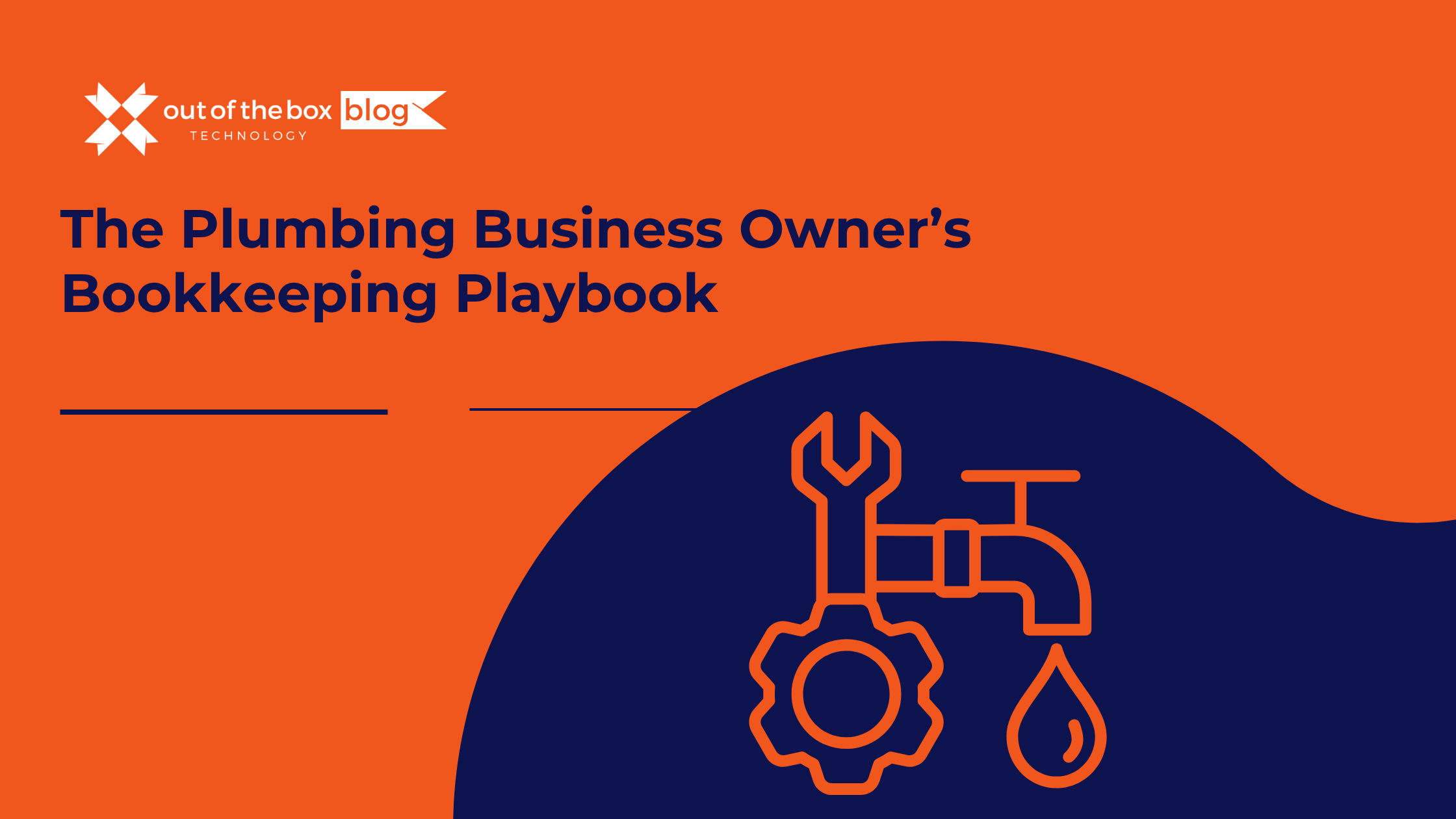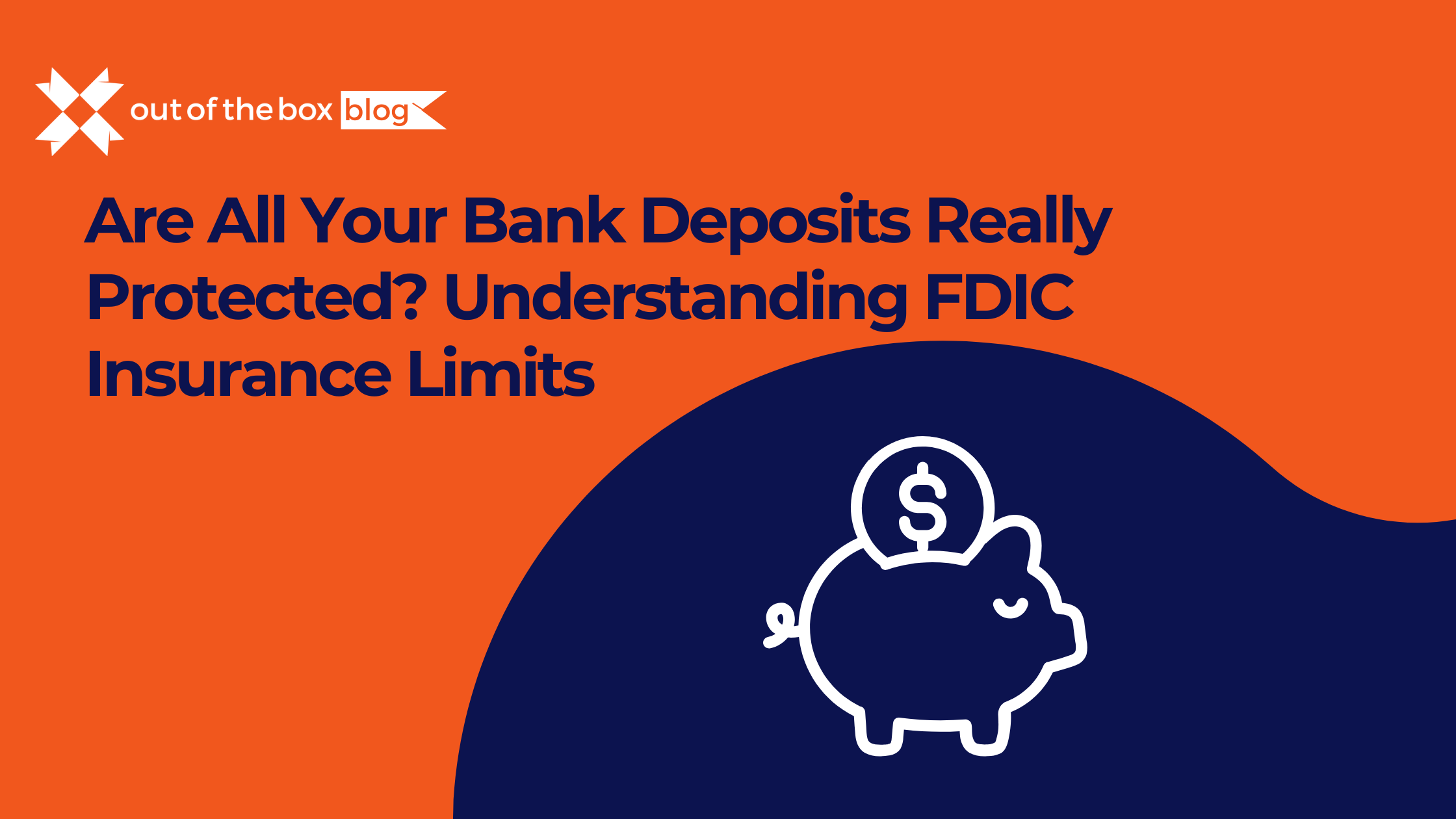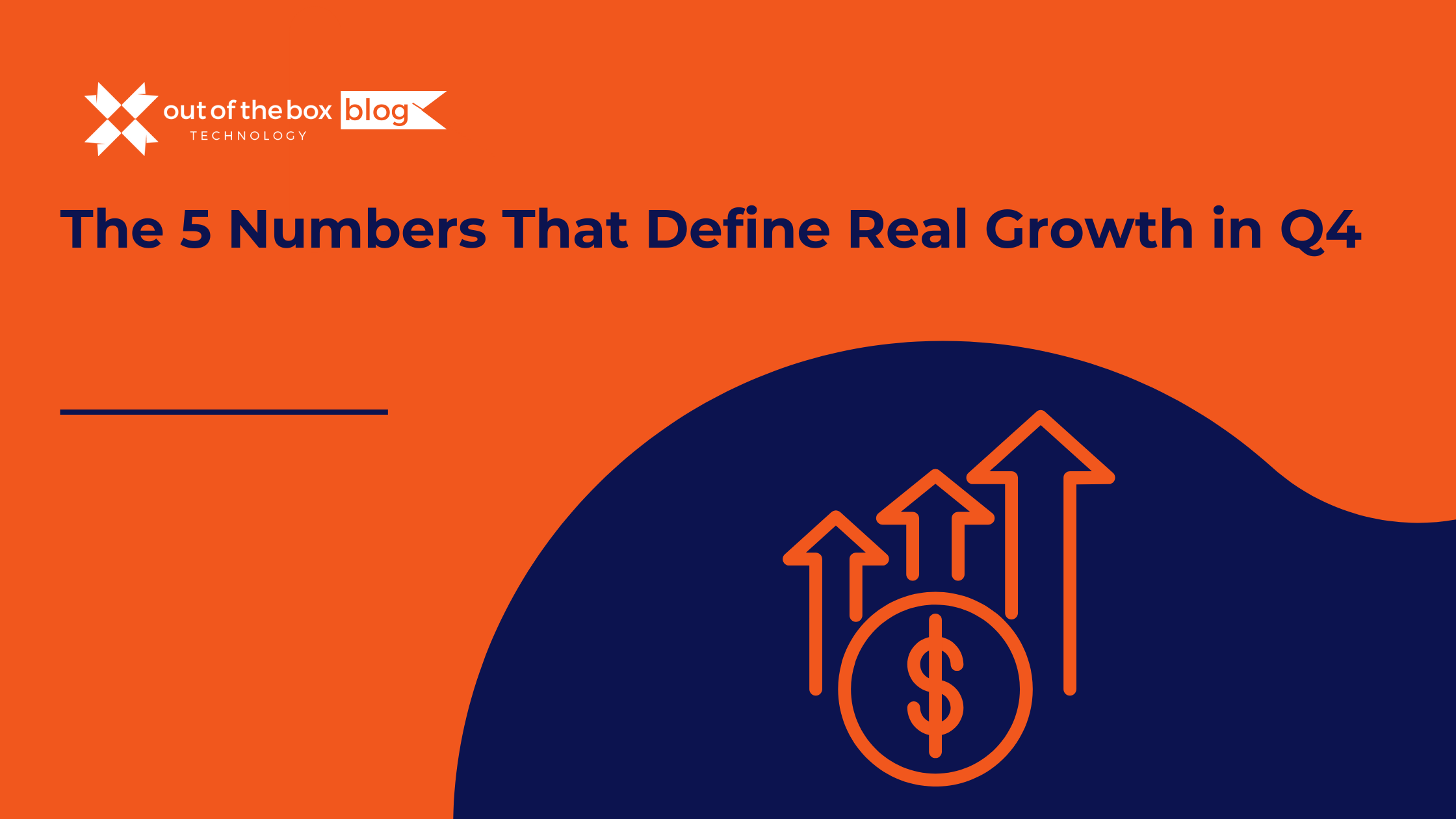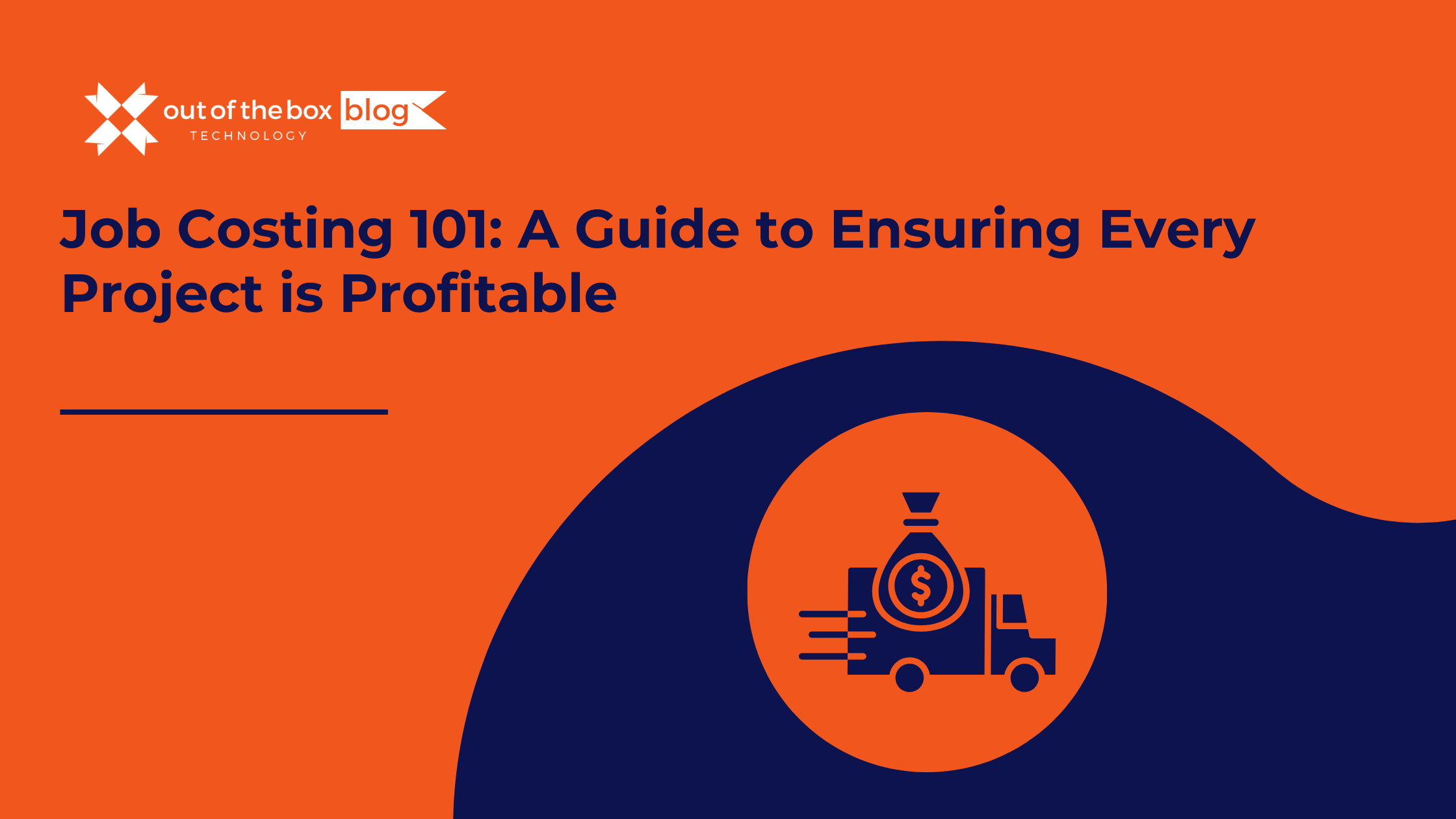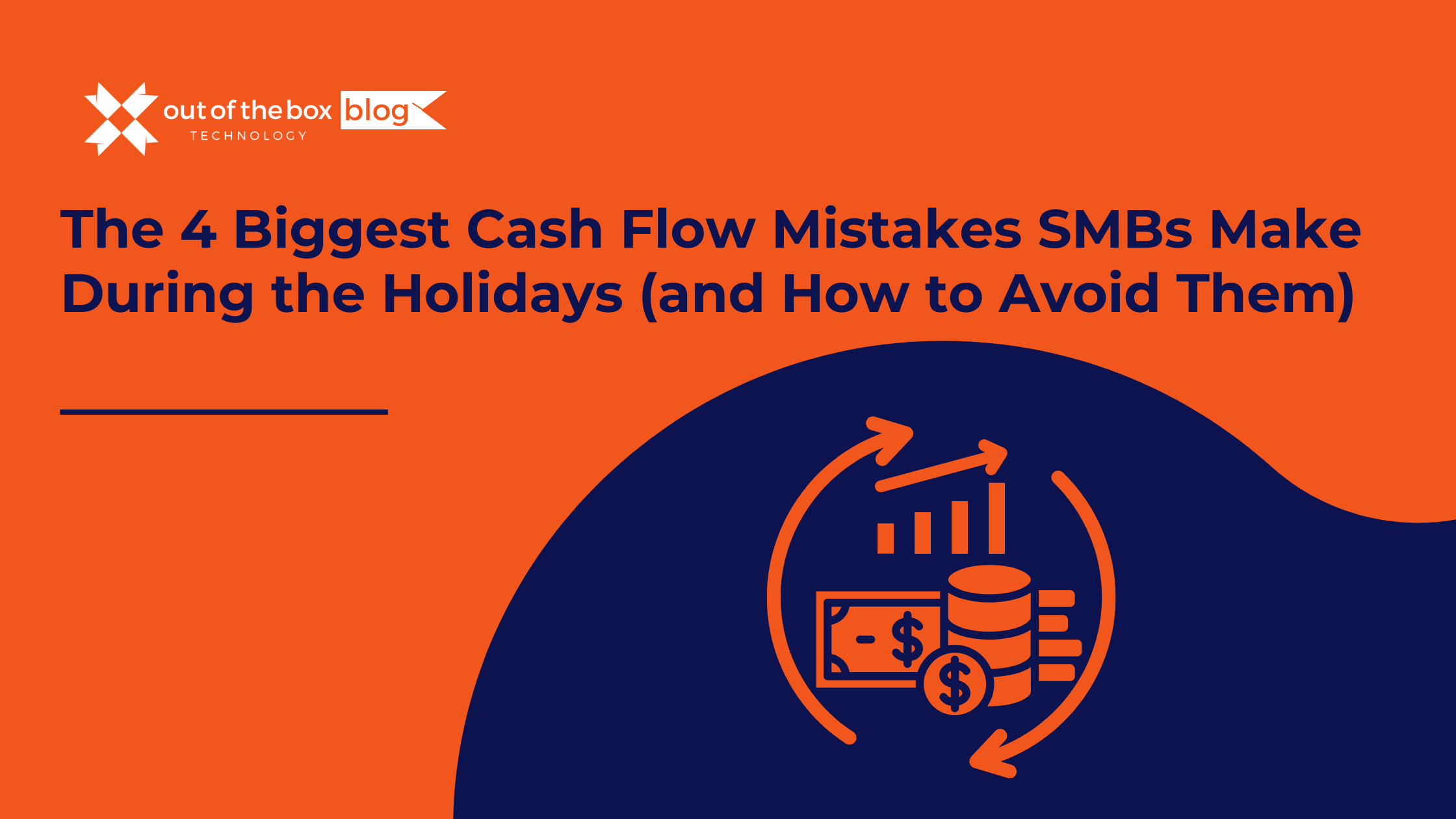Running a plumbing business involves far more than just fixing leaks or installing water heaters. As a business owner, you wear many hats—technician, manager, scheduler, and financial decision-maker. But if your bookkeeping isn’t organized and aligned with your day-to-day operations, it can create cash flow problems, compliance issues, and missed growth opportunities.
According to the National Federation of Independent Business (NFIB), over 60% of small business owners say bookkeeping is their most frustrating and time-consuming challenge. For plumbing companies that rely on mobile teams, irregular payments, and equipment-intensive jobs, the risk of financial missteps is even higher.
This comprehensive playbook is designed specifically for plumbing business owners who want to bring clarity to their finances, reduce administrative stress, and make more informed decisions.
Common Financial Challenges Plumbing Businesses Face
Even the most skilled plumbing teams can face serious financial headaches if bookkeeping isn’t handled properly. Here are the top issues we see:
1. Poor Job Cost Visibility
Tracking what you spend per job—on materials, labor, travel, subcontractors, or rentals—can get messy fast. Without accurate job costing, it’s impossible to tell which services are profitable.
2. Missed Invoices and Late Payments
Many plumbing businesses lose revenue simply by not invoicing on time or failing to follow up on outstanding payments.
3. Unpredictable Cash Flow
Seasonal slumps, emergency purchases, and delayed payments can all disrupt cash flow. Without a system in place to monitor and forecast, your team’s pay or your ability to buy parts may be affected.
4. Tax Trouble and Missed Deductions
Sales tax on materials, labor classifications, and vehicle deductions can all be confusing. And without proper records, you may miss out on thousands of dollars in legitimate tax deductions.
5. Manual Processes That Drain Time
Paper invoices, spreadsheets, and siloed apps slow your operations and leave room for human error. Your time is better spent growing your business—not chasing receipts or correcting payroll errors.
Chapter 1: Set Up a Plumbing-Specific Bookkeeping System
The first step to financial clarity is building a bookkeeping system tailored to your business structure and service model. Here’s how to lay the foundation:
Key Components of an Effective System
-
Job Costing Integration: Your system should include expense tracking per job automatically.
-
Cloud-Based Software: Lets you manage finances from any device—ideal for mobile teams.
-
User Permissions: Limit access so field techs can log hours or expenses without exposing financial reports and financial data.
-
Bank Feeds & Syncing: Automatically sync transactions to reduce manual data entry.
-
Scalability: Whether you have 1 truck or 10, your system should scale with the growth of your plumbing company.
Recommended Tools
| Tool | Key Features |
|---|---|
| QuickBooks Online | Full bookkeeping, job costing, report automation |
| Jobber | Scheduling, dispatch, quoting, invoicing, and CRM in one tool |
| ServiceTitan | Robust platform with GPS, timesheets, and financial tools |
| Gusto | Automated payroll, tax filing, and benefits management |
Pro Tip: Choose a bookkeeping platform that integrates with your scheduling or field service tools to streamline data flow.
Chapter 2: Track Every Job Cost with Accuracy
Job costing is the cornerstone of a profitable plumbing business. When done right, it reveals exactly how much each job costs—and whether you’re charging enough to make a profit.
What to Track
-
Materials: List each item used per job (not just the invoice total). Use SKU-level tracking for repeatable accuracy.
-
Labor: Include not just wages, but also taxes, workers’ comp, and benefits (your labor burden).
-
Travel: Log vehicle usage, mileage, fuel, tolls, and time between jobs.
-
Subcontractors: Record each subcontractor’s rate, hours, and contractual terms.
-
Permits, Rentals & Extras: One-time fees for city permits or rental equipment should be linked to the specific job.
How to Use the Data
-
Generate profitability reports by service type (e.g., water heater installation vs. drain clearing).
-
Identify underperforming jobs and adjust pricing or process.
-
Build better estimates and quotes based on real historical costs.
Chapter 3: Streamline Payroll and Speed Up Collections
Getting paid on time and paying your crew accurately are two of the most vital functions in your business.
Payroll Tips for Plumbing Businesses
-
Use software like Gusto to automate payroll, taxes, and direct deposit.
-
Implement GPS tracking or time clock apps to confirm technician hours on-site.
-
Set up classification rules for employees vs. contractors—this is crucial for tax compliance.
-
Store employee paperwork (W-4, I-9, certifications) digitally for easy access and audits.
Accelerating Client Payments
-
Send invoices immediately after job completion.
-
Include a “Pay Now” button using ACH or credit card processing.
-
Send automated reminders at 3, 7, and 14 days after the invoice is sent.
-
Offer early payment incentives—or charge late fees to discourage delays.
Studies show that businesses that offer online payment see payments processed up to 3x faster than those relying on paper invoices.
Chapter 4: Manage Cash Flow and Plan Ahead for Taxes
Cash flow and financial management is often what separates a thriving plumbing business from one that’s always on the edge.
Monthly Cash Flow Checklist
-
Run a rolling 90-day forecast based on income and upcoming expenses.
-
Identify months with low volume and set aside reserves in advance.
-
Monitor large outflows (e.g., new trucks, bulk material purchases) and plan them around strong income months.
Tax Planning Strategy
-
Track every deductible expense: tools, uniforms, cell phones, software, continuing education, and vehicle costs.
-
Use apps like Expensify or Dext to capture and categorize receipts on the go.
-
Pay quarterly estimated taxes to avoid underpayment penalties.
-
Stay compliant with sales tax on parts and labor—rules vary by state.
A tax advisor who specializes in trades can save you thousands by identifying write-offs and helping you avoid penalties.
Chapter 5: Leverage Reports to Drive Smarter Business Decisions
Too many plumbing business owners only look at their financial statements at tax time. But regular financial reporting helps you run your business proactively, not reactively.
Reports to Review Monthly
| Report Type | Why It Matters |
|---|---|
| Profit & Loss (P&L) | Understand which services are driving the most revenue |
| Balance Sheet | Track assets, debts, and equity for a full financial picture |
| Cash Flow Statement | Forecast and adjust upcoming expenses or investments |
Key Metrics to Watch
-
Average Job Value
-
Gross Margin by Service
-
Labor Utilization Rate (billable vs. paid hours)
-
Customer Acquisition Cost
-
Invoice Aging Reports (unpaid and overdue invoices)
-
First-Time Fix Rate
These insights help you refine pricing, avoid unnecessary expenses, hire more strategically, and optimize marketing ROI.
Quick Bookkeeping Checklist for Plumbing Business Owners
Use this checklist as your monthly and quarterly bookkeeping habit builder:
-
Separate business and personal banking
-
Software connected to bank accounts and synced
-
All plumbing expenses categorized and receipts stored
-
Job costing fields used on every work order
-
Invoices sent within 24 hours of job completion
-
Payroll processed accurately and on time
-
Tax payments submitted quarterly
-
Financial reports reviewed each month
-
Accountant consulted before year-end
Frequently Asked Questions (FAQs)
1. What’s the best bookkeeping software for a small plumbing business?
The best software depends on your size and complexity. For most small to medium plumbing businesses, QuickBooks Online is the most popular and powerful option. It supports job costing, integrates with payroll providers like Gusto, and syncs with your bank accounts. If you need tools for dispatching and scheduling too, consider adding Jobber or ServiceTitan, which integrate with QuickBooks and offer mobile-friendly job tracking and invoicing.
2. How do I track expenses for each plumbing job?
Use job costing features in your bookkeeping software to assign each expense to a specific job or customer. This includes:
-
Entering itemized materials used
-
Logging labor hours by employee
-
Recording subcontractor invoices and equipment rentals
-
Tracking mileage or fuel for travel
Tools like QuickBooks Online and ServiceTitan let you tag transactions to jobs and generate profit-per-job reports, which show how profitable each service is.
3. Do I need a separate bank account for my plumbing business?
Yes. Having a separate business bank account is essential for:
-
Simplifying record-keeping of business expenses
-
Avoiding tax issues
-
Ensuring your business is legally distinct from personal finances (especially for LLCs or corporations)
You should also consider separate savings and payroll accounts to organize reserves and manage cash flow more effectively.
4. What tax deductions can a plumbing business take?
Many expenses you incur in your plumbing business are deductible. Common examples include:
-
Tools and equipment (including repairs or depreciation)
-
Truck or van mileage, gas, and maintenance
-
Uniforms and branded apparel
-
Office expenses (home office if applicable)
-
Marketing and advertising costs
-
Software subscriptions (e.g., QuickBooks, Jobber)
-
Training, certifications, and licensing fees
Keep digital receipts and categorize business expenses accurately to make tax time easier and maximize your write-offs.
5. How often should I reconcile my books?
You should reconcile your bank and credit card statements monthly to:
-
Catch errors or double charges
-
Ensure no transactions are missed
-
Detect potential fraud early
-
Keep your financial reports accurate
Most cloud accounting tools allow automatic bank feeds, but you still need to manually verify and categorize the transactions.
6. What’s the difference between cash and accrual accounting for my plumbing business?
-
Cash accounting records income and expenses when money actually changes hands. It’s simpler and works well for smaller service businesses with straightforward billing.
-
Accrual accounting records income when earned (not when paid) and expenses when incurred. It provides a more accurate picture of profitability, especially if you do a lot of invoicing or have long job cycles.
Talk to your bookkeeper or accountant to choose the best method for your situation. Many plumbing businesses start on cash and switch to accrual as they grow.
7. How can I avoid late payments from clients?
Here are a few strategies:
-
Send invoices immediately after the job is complete
-
Use software with online payment options (ACH or credit card)
-
Set up automated reminders at 3, 7, and 14 days post-invoice
-
Add late fees or offer early payment discounts
-
Require partial deposits upfront for larger jobs
Also, regularly review your accounts receivable aging report to follow up on outstanding invoices before they go too long.
8. Can I do my own bookkeeping, or should I hire someone?
You can manage your own financial reporting with the right accounting software—especially early on. But once you start:
-
Hiring employees or subcontractors
-
Growing revenue beyond $250,000/year
-
Managing inventory or equipment depreciation
…it’s smart to hire a bookkeeper who understands the trades. Outsourcing your bookkeeping saves time, ensures tax compliance, and gives you accurate reports for better decision-making.
9. What reports should I review monthly?
At minimum, plumbing business owners should review:
-
Profit & Loss (P&L) – to track revenue vs. expenses
-
Balance Sheet – to see business health (assets, debts)
-
Cash Flow Statement – to anticipate upcoming shortages or surpluses
-
Job Costing Report – to measure profitability per service
Review these reports monthly to keep a pulse on your business and identify red flags early.
10. What’s the best way to prepare for tax season?
Tax prep should be an ongoing process—not a last-minute scramble. Here’s how to stay ready year-round:
-
Keep digitized receipts and log them monthly
-
Categorize every transaction in your software
-
Reconcile accounts every month
-
Track and pay quarterly estimated taxes
-
Schedule a year-end planning session with your CPA or tax advisor
-
Save a percentage of each payment in a tax savings account
This approach helps you avoid penalties and gives your accountant clean, accurate books to work from.
Final Thoughts: Building a Financially Resilient Plumbing Business
Being great at plumbing isn’t enough—you need a strong financial foundation to scale, compete, and survive uncertainty.
By mastering your bookkeeping and using financial data as a decision-making tool, you’ll operate more confidently, price services correctly, reduce tax exposure, and ultimately grow a business that’s not just profitable—but sustainable.
Next Steps
Not sure where to start?
Out of the Box Technology has helped hundreds of plumbing businesses clean up their books, set up scalable systems, and maximize profits through QuickBooks consulting and full-service bookkeeping.
Book a free consultation today to see how we can support your success.
